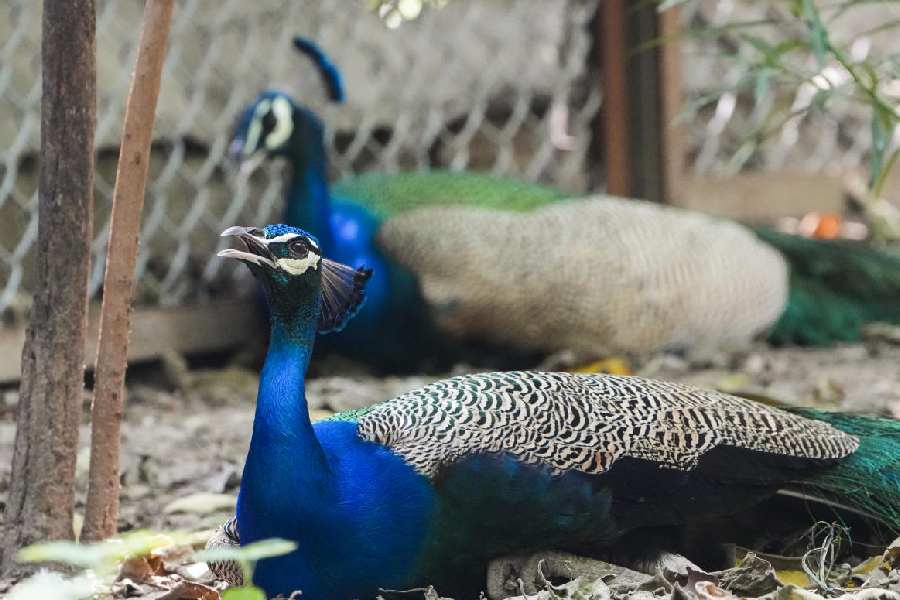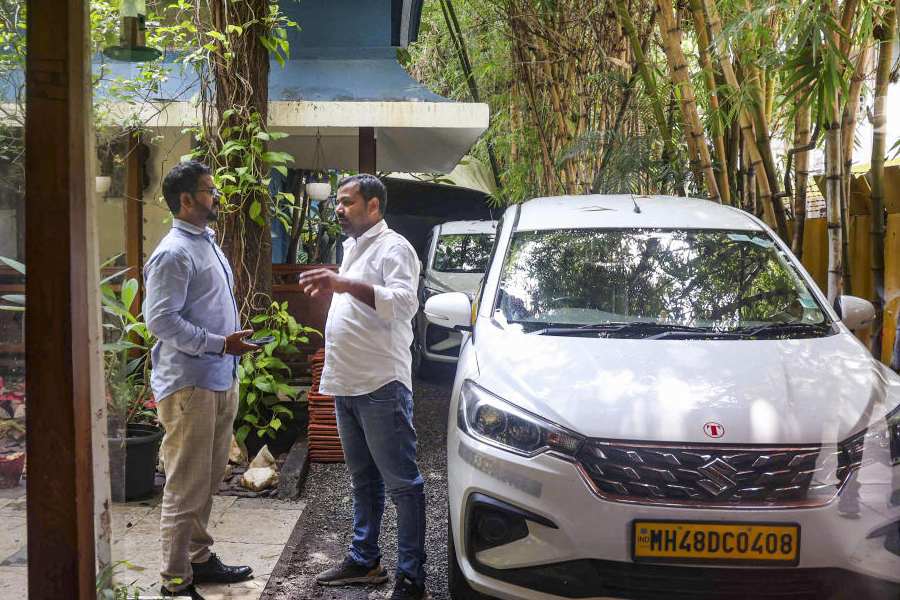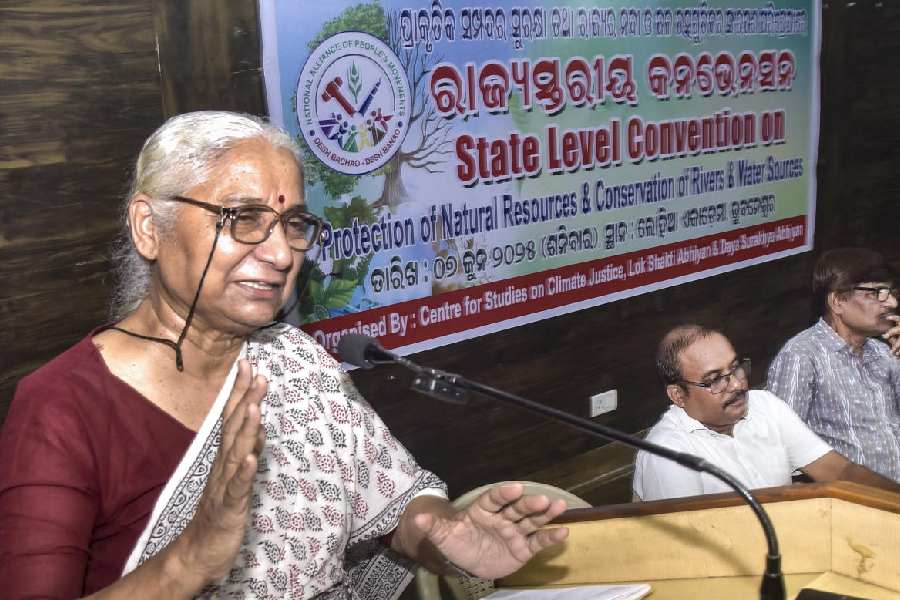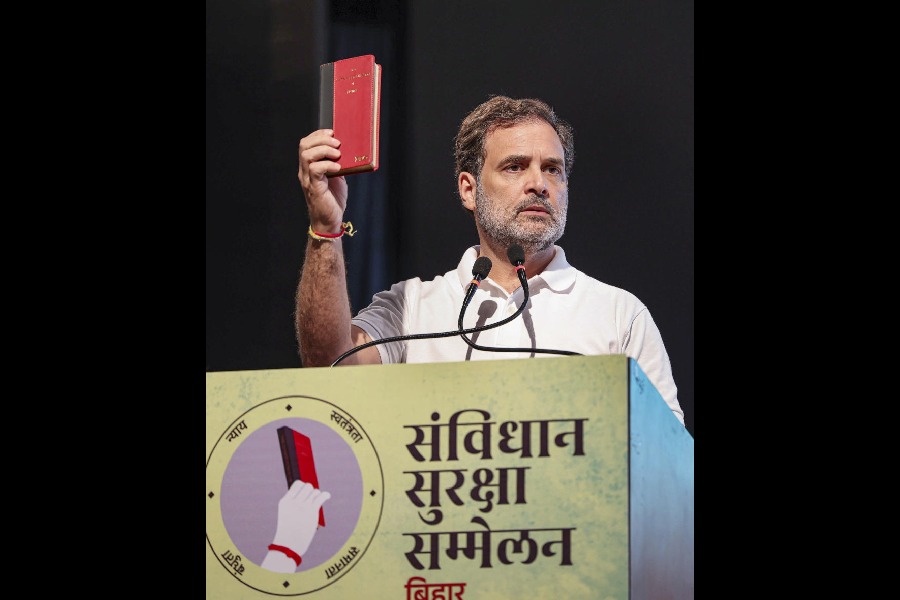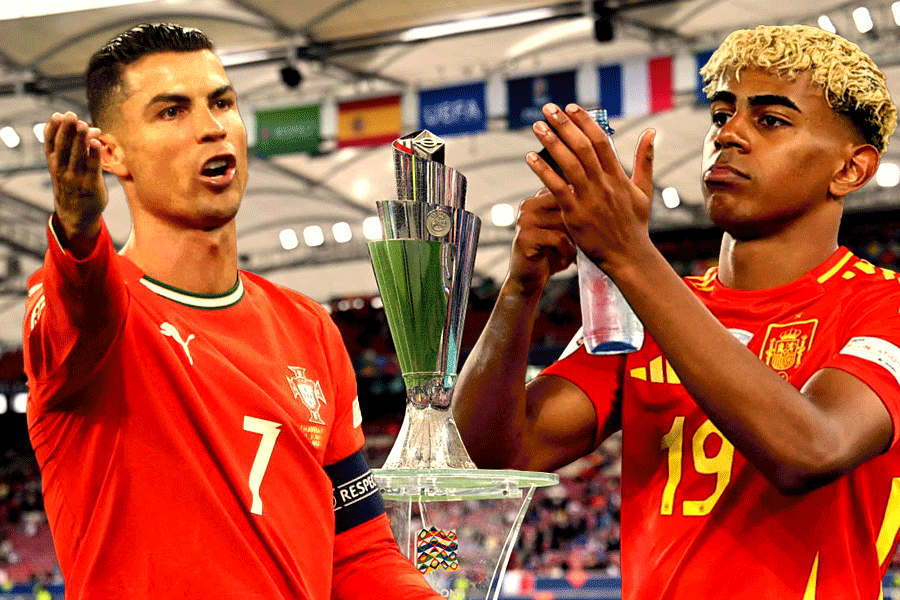
I was five years old when I first got to see The Jungle Book. I was hooked. I wore out the VHS tape watching it over and over, day in and day out. It was magic. I was Mowgli in every dream I dreamt. I am still a little bit Mowgli now as I wander around in jungles just like he did. And perhaps I am what I am, a wildlife filmmaker, because of The Jungle Book.
So nostalgia hits me as I sit in the darkening theatre waiting for the new Jungle Book to begin. Memory goes back to the perfectly dandy 1967 cartoon-feature, and its contagious clutch of tunes, and the timeless fairy-tale-like story, told against the gentle pastel backdrops of a hand-painted forest.
While the ads roll, I’m thinking about how director Jon Favreau had taken up the daunting challenge of updating the story in live action, using the latest CGI technology and an impeccably chosen voice cast. But, I’m wondering if he can recreate that old magic and bring Mowgli back to a new and independent life.
And that’s precisely the thing about Favreau’s The Jungle Book. It never intends to summon up the old magic. It makes a new magic of its own in a perfect marriage of technology and imaginative genius.
It hits you from the very first shot that sweeps into a breathless high-spirited canopy chase with the man-cub agilely leaping from branch to branch through the tangle of trees and dense bushes, faster and faster until the scene closes with a zoom-in on Mowgli and Bagheera. The high-speed sequence knocks you back and sucks you in and before you know it you’re there in Mowgli’s world.
The CGI is a marvel of technology. The jungle stuns you first. Every branch, every leaf, every landscape is crafted with arduous detail and authenticity of form, texture and colour. It ripples with the warp and weft of Nature’s surfaces. I’ve seen jungles that look like this up in north and eastern India. It’s frighteningly familiar.

Bagheera’s faint scars masterfully convey his weather-beaten experience. Shere Khan’s upper-class rasp wrapped in menacing politeness. Baloo’s raised eyebrow deprecating all things serious. Baloo, in fact, steals the show. Easy-going, rambling, free-wheeling, humming along the tune of The Bare Necessities, he warms the cockles of the heart.
And then Akela’s plaintive maternity working up a deep mother lode of sentiment. Set against is King Louis, no longer a jazz-loving king of the swingers but a grotesque, intimidating King-Kong-like Gigantopithecus, the last of an extinct genus of Asian apes, self-destructively obsessed with the power of fire. And Kaa’s insidious sibilance coiling around the hapless Mowgli, a cameo by Scarlett Johansson, is disappointingly brief. Each is a character distinct and individual, faintly reminding us of real-life types.
But perhaps most disconcerting is the dark and sinister Shere Khan threatening violence and despotic evil wherever he goes. The threat is finally unleashed when he springs into a sudden attack. The power and viciousness is shockingly real enough to startle children and grown-ups alike. Scarred for life by man’s fire, the despotic and vengeful Shere Khan (voiced by Idris Elba) will settle for nothing less than Mowgli’s blood. And as the tone of the film warrants impending disaster and danger, we are invested in the protagonist’s desperate survival.
Played by the charming little Neel Sethi, discovered in New York after a long and laborious search, Mowgli is the only human in this cast of characters. Impish, bold, curious, downcast, wide-eyed, moseying along swinging those arms just a little, his performance has the spontaneity and instinctiveness of a natural. He’s having fun and so are we. And it is from his point of view that so much of the action is shot. So the perspectives are larger, the rocks a little bit bigger, the trees a little taller, the unknown a little darker, and the animals a lot wilder.
But Mowgli is no longer the kid that is in perpetual need of rescuing. Disney has given him purpose and meaning in this fresh coming-of-age narrative. This Mowgli is resourceful, sharp, and street smart. This Mowgli has returned at a time when wildlife is most threatened around the planet. For me, this was one of the best things about the film. Instead of exiling Mowgli back to the man-village, Favreau chooses to transform him into the saviour of the forest, the animals and the wild. The message is clear and compelling.
Man may have destroyed so much of his world but it is not too late and man can yet redeem and save it. That’s what Mogwli does. And so may we all.





